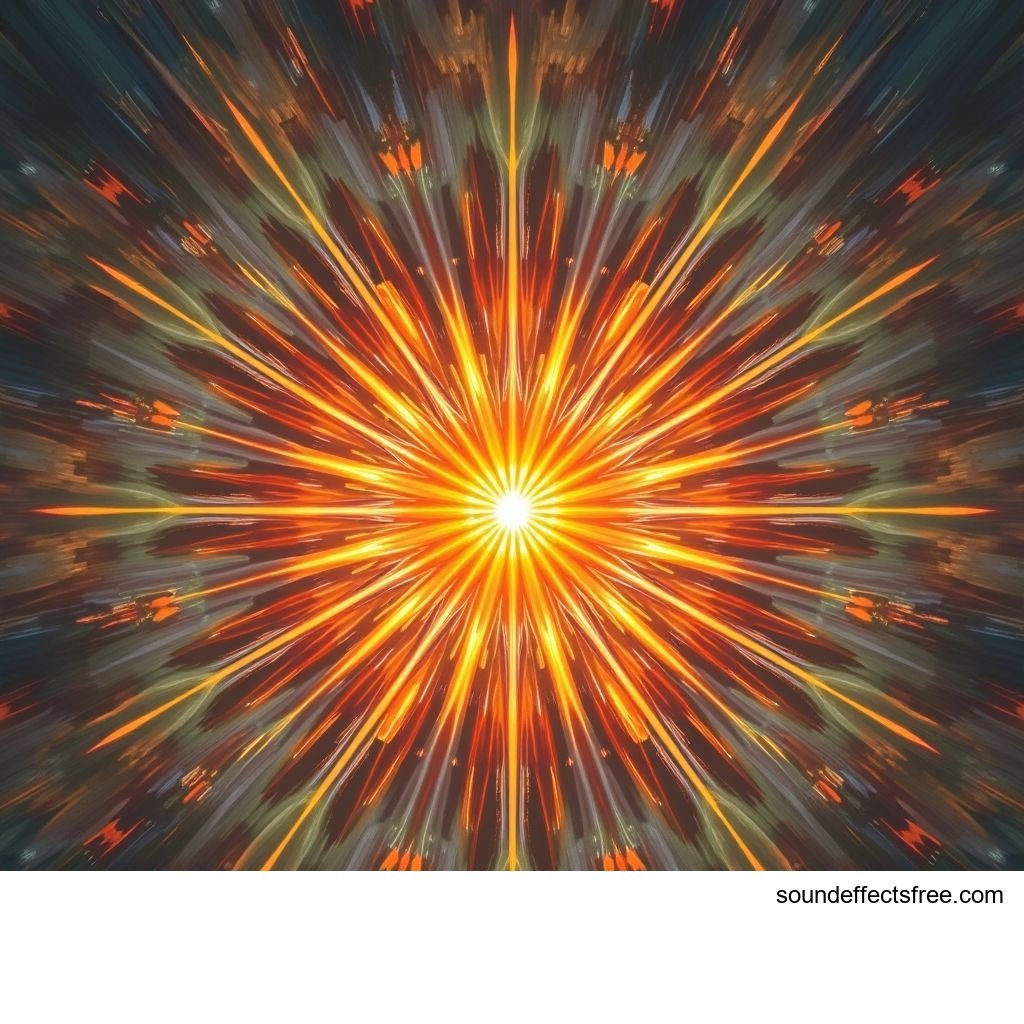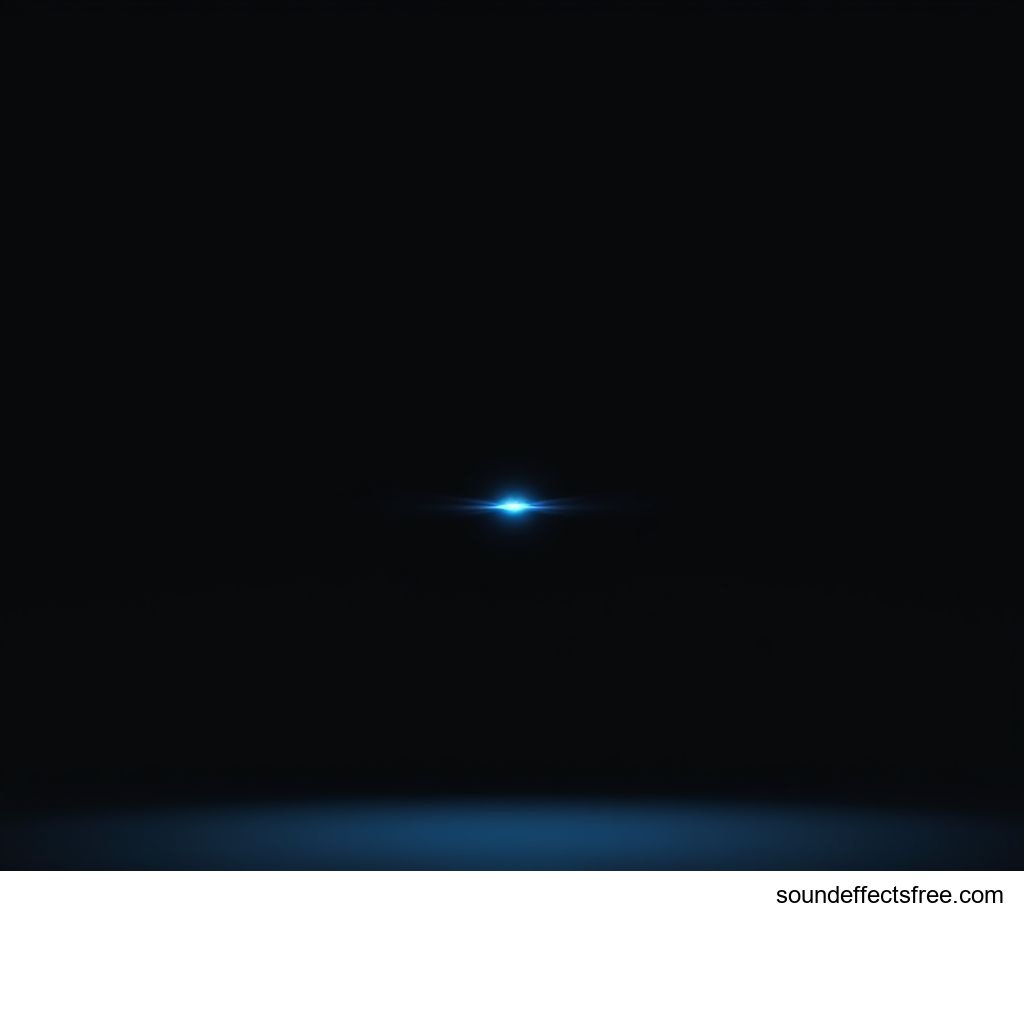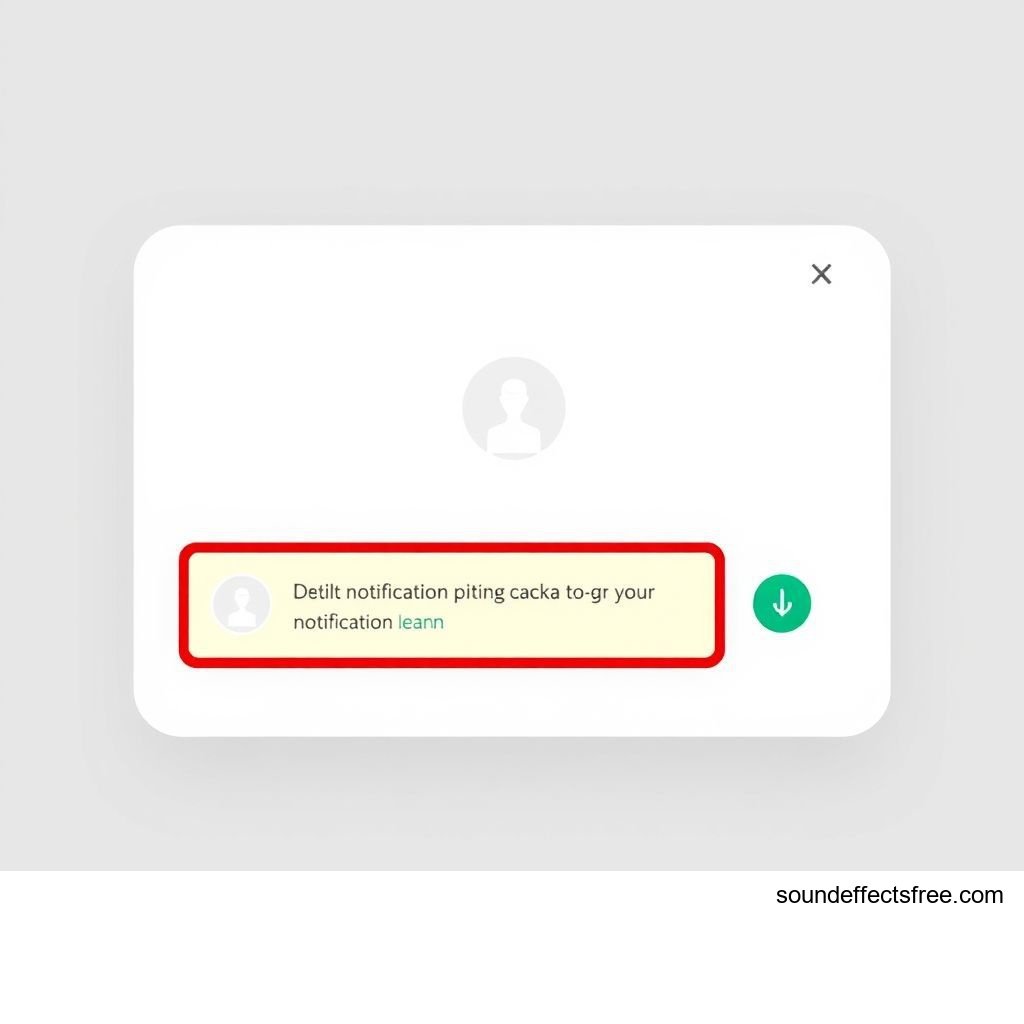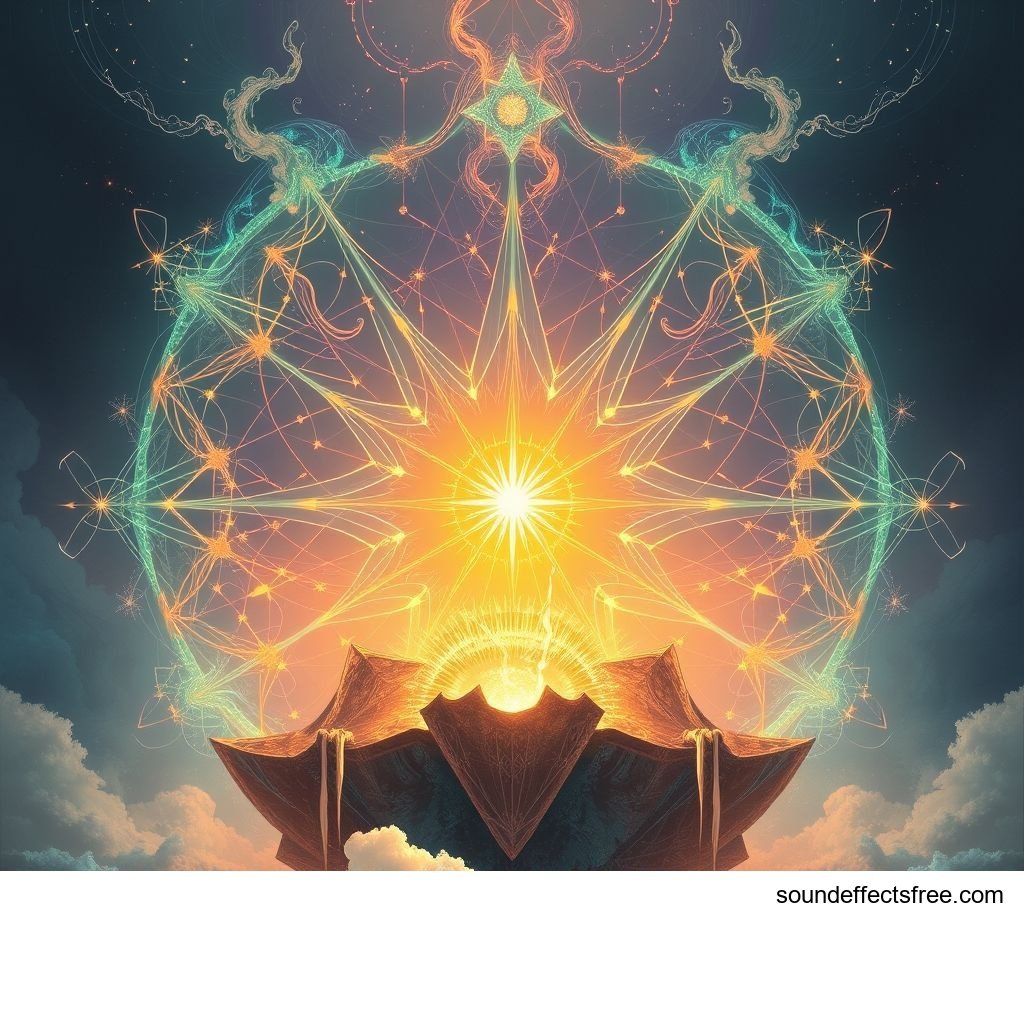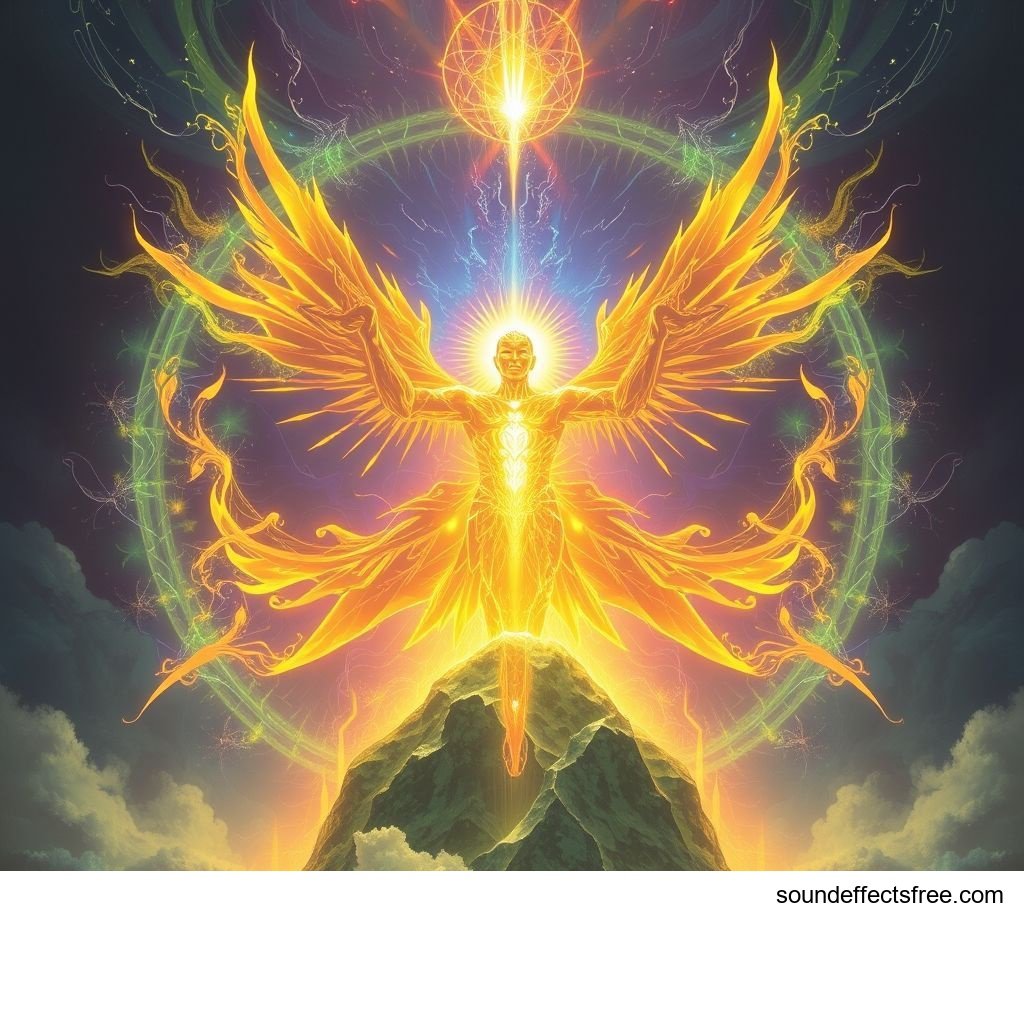Aura Release Burst: Designing Elemental Spell Sounds
The very first aura an audience perceives can define a magical moment. A powerful aura release burst effect creates immediate impact. It tells a story. This specific audio effect conveys immense power. Designing such an aura requires careful thought. It blends artistry with technical skill. A compelling aura elevates the entire experience. It adds layers of depth to any scene.
Applications in Media
The "Aura Release Burst" sound is crucial. It signifies a sudden release of energy. This aura instantly communicates power. It is a fundamental building block. Games, films, and animations all use it. A well-crafted aura immerses the audience. It makes the magic feel real.
Industry-Specific Uses
In video games, an aura burst often accompanies a powerful spell. Think of a character unleashing a devastating attack. This aura confirms success. It adds weight to the action. For film, the aura might highlight a hero's transformation. Or it could show a villain's true power. Animators use a distinct aura for elemental abilities. Fire, ice, or lightning each have a unique aura. VR and AR experiences rely heavily on spatial audio. A directional aura enhances immersion. It guides the player's focus. This specific sfx enhances every medium.
Creative Techniques
Crafting the perfect aura involves multiple layers. Start with a foundational whoosh sound. This provides the initial movement. Add shimmering elements for magical energy. A deep rumble gives the aura gravitas. Pitch shifting can make the aura grow or shrink. Reverse elements build anticipation. A sudden, sharp burst caps the effect. This makes the aura feel complete. Experimentation is key to finding the right balance. Every aura has its own unique feel.
Technical Analysis
Understanding the technical aspects is vital. It helps you shape your aura. Proper analysis leads to impactful results. It ensures your sfx sits well in a mix.
Waveform Characteristics
An "Aura Release Burst" typically has a sharp attack. This means it hits immediately. It needs a quick rise in volume. The decay should be controlled. It might sustain briefly at a high level. Then it quickly releases. This creates the "burst" sensation. A long tail on an aura can indicate lingering energy. A short tail suggests all energy is expelled. The waveform defines the aura's character. Examine the amplitude envelope. It shows the aura's dynamic movement.
Frequency Profile
A good aura utilizes the full frequency spectrum. Low frequencies provide weight and power. Mid-range frequencies give the aura presence. High frequencies add sparkle and detail. A strong whoosh often lives in the mid-low range. The burst element needs high-frequency transient information. Sweeping filters can give the aura a sense of movement. EQ adjustments sculpt the aura. They highlight key characteristics. An effective aura avoids muddiness. It cuts through the mix clearly.
Production Tips
Creating high-quality aura sounds requires specific techniques. From recording to final polish, every step matters.
Recording & Editing
Source sounds are essential for any aura. Consider recording real-world elements. Fabric swishes make great whoosh sounds. Fire crackles add energy. Glass chimes provide magical sparkle. Balloons bursting can be a sharp burst element. Record in a quiet environment. Use high-quality microphones. In editing, clean up any noise. Layer multiple recordings together. Time-stretching or compressing alters duration. Pitch shifting can make sounds larger or smaller. This shapes the core of your aura.
Software Tools
Digital Audio Workstations (DAWs) are indispensable. Pro Tools, Logic Pro, and Ableton Live are popular choices. They offer robust editing features. Plugins enhance your aura. Equalizers (EQ) sculpt frequencies. Compressors control dynamics. Reverb adds space and size. Delay creates echoes and trails. Granular synthesis tools can generate unique textures for an aura. Synthesisers can create pure tones and sweeping effects. Learn your tools well. They help you craft a compelling aura.
Creative Implementation
Beyond the basics, creative choices truly define an aura. Think about how the sound interacts with its environment.
Layering Methods
Layering is an art form for any audio effect. Combine a low whoosh with a high-pitched sparkle. Add a percussive burst at the peak. Include reverse elements for a dramatic build-up. Distorted elements can add aggression to an aura. Subtle Foley details enhance realism. A complex aura might have five or more layers. Each layer contributes a unique sonic quality. This creates a rich, believable magic sound. Related Aura sounds can inspire new layering combinations.
Spatial Effects
Spatialization places the aura in a virtual space. Reverb simulates room size. A long reverb tail makes an aura feel grand. Short reverb suggests a confined space. Delay creates echoes. Panning moves the aura from left to right. This adds dynamic movement. Binaural audio techniques make the aura feel like it surrounds you. This makes the energy more palpable. Such techniques enhance immersion. The perceived location of the aura matters.
Sound Pack Integration
Once created, your "Aura Release Burst" can be part of a larger collection. This enhances its utility.
Using with Other Sounds
The "Aura Release Burst" sfx complements many other sounds. Pair it with weapon impacts for elemental strikes. Combine it with character grunts for added effort. Use it as a transition for scene changes. It can punctuate an important dialogue line. This aura provides a sonic punctuation mark. It fits well with various UI elements. For example, it could accompany a powerful selection sound. Consider how this aura interacts with quieter elements like a UI Confirm Tap. Its versatility makes it invaluable.
Complete Collection
A comprehensive sound library is a professional asset. Building on this "Aura Release Burst" effect, you can create a full suite of elemental sounds. Explore other magic effects, impacts, and ambiences. A consistent sonic design creates a cohesive experience. Get the full sound pack for comprehensive audio solutions. Professional quality sound samples elevate any project. For vast sound libraries, consider resources like Pro Sound Effects.
FAQ Section
Q1: What is an "Aura Release Burst" sound effect? A1: An "Aura Release Burst" is an audio effect designed to convey a sudden, powerful release of energy or magic. It often features a sharp attack and a resonant burst of sound, indicating a significant event like a spell cast or a power surge.
Q2: How do you make an aura sound powerful? A2: To make an aura sound powerful, focus on strong low-end presence, crisp high-frequency elements, and dynamic amplitude. Layering whooshes, impacts, and magical chimes helps. A prominent burst element adds impact.
Q3: Can "Aura Release Burst" be used for non-magical contexts? A3: Absolutely. While often associated with magic, this type of sfx can also represent technological power surges, energy field activations, or even dramatic character entrances. The core concept of a sudden energy release is versatile.
Q4: What is the role of a whoosh in an aura effect? A4: A whoosh provides the initial motion or sweep of the aura. It signals that something is building or moving rapidly. It creates anticipation before the main burst of energy, making the overall audio effect more dynamic.
Q5: How important is an aura in game sound design? A5: An aura is extremely important. It provides crucial feedback to players, indicating success or failure of actions. A well-designed aura enhances immersion, communicates power levels, and enriches the overall game experience, making the magic feel tangible.
The "Aura Release Burst" audio effect is a cornerstone of compelling sound design. Mastering its creation elevates any project. It transforms mere visuals into immersive experiences. Focus on the nuances of energy and magic. Crafting a dynamic aura requires patience. The reward is a sound that truly resonates. Let your aura captivate your audience.
